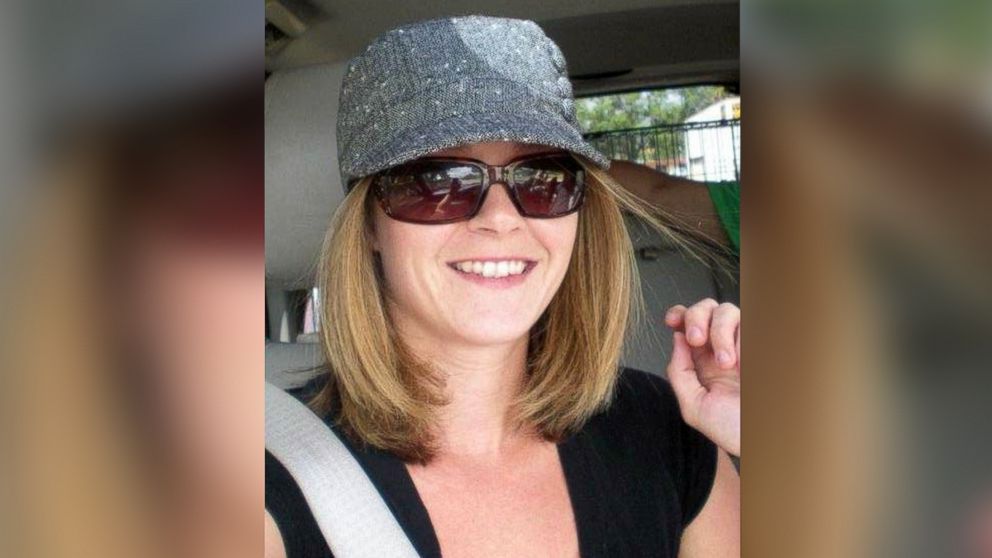A Florida woman is found dead, authorities ruled it a suicide, but her family believes she was killed
When St. Johns County sheriff's deputies arrived at the St. Augustine, Florida, home of Jeremy Banks on Sept. 2, 2010, they found his 24-year-old girlfriend Michelle O'Connell lying on the floor with a gunshot wound to the head and dozens of prescription painkillers in her pocket.
"Please get someone to my house!" Banks had told the 911 operator. "Please. Send -- my girlfriend, I think she just shot herself. There's blood everywhere!"

Deputies found Banks, a fellow St. Johns County sheriff's deputy, crouched at the bathroom door, clutching his phone.
The gun was found on O'Connell's left with the Tac light on the firearm switched on. Later, police pictures taken at the scene revealed a shot fired into the carpet.
Despite the efforts of the first responders, O'Connell was pronounced dead close to 11:48 p.m. that night.
Outside the home, some deputies and detectives started to conclude that O'Connell's death was a suicide. Some of them were later interviewed as part of the investigation.
"I didn't have any suspicions that it was anything other than suicide. I think that's what we were all kind of discussing, but just making sure that we covered our bases," St. Johns County Detective Jessica Hines is heard saying in a recording of the interview for the investigation.
"It appeared she had committed suicide," St. Johns County Cpl. Mark Shand said in his interview.
In the hours that followed, some fellow deputies took time out to console their coworker and friend, Banks. A squad car was used as a makeshift interview room as Banks was briefly questioned by Hines in an interview that was recorded.

During that interview, Banks said that he was sitting on his motorcycle in the garage when he heard a pop and rushed inside.
"The bedroom door was locked and I screamed her name again. I heard it go off a second time," he told Hines.
A family's doubt about a woman's death
When sheriff's deputies notified O'Connell's family of her death, her mother Patty O'Connell told "20/20" "They just said that she committed suicide, ‘your daughter killed herself. She committed suicide.'"
The O'Connell family found it hard to believe that Michelle O'Connell, a single mom who worked multiple jobs to support Alexis, her then-4-year-old daughter, would take her own life.
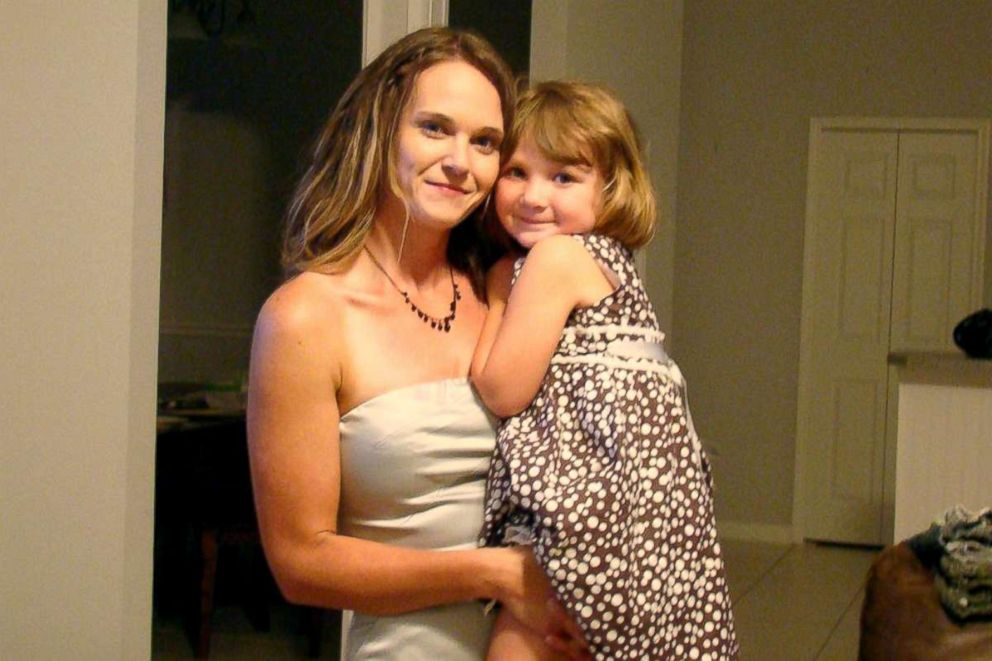
In fact, Michelle O'Connell had just landed her dream job at a day care center.
Michelle O'Connell's siblings were outraged when they realized that the sheriff's office had spent only a few hours investigating before calling her death a suicide.
"The word suicide was thrown around right off the bat without any investigation," her sister Chrissy O'Connell told "20/20."
Two days after her death, Dr. Frederick Hobin, who was the medical examiner at the time, officially ruled O'Connell's death a suicide.
Michelle O'Connell's last hours
Through various interviews, authorities constructed a timeline of the last hours of Michelle O'Connell's life.
O'Connell and Banks attended a Paramore concert that September night in 2010 at the St. Augustine Amphitheater, and Banks told detectives the two argued before, during and after the show.
"We don't get along. We fight all the time. I mean, it's never, never bad fighting. It's always just arguing," Banks was recorded saying in an interview with St. Johns County sheriff's office detectives.
According to her sister Chrissy O'Connell, Michelle wanted to break up with Banks that night. Her family says there had been whispers about verbal and physical abuse within their relationship from both sides.
"She said, ‘There's going to be a fight because he's going to want me to go out after the concert,'" Chrissy O'Connell said. "And I said, ‘Don't even go to the concert.' Because I knew Jeremy was rageful. I knew in my heart something was going to happen."
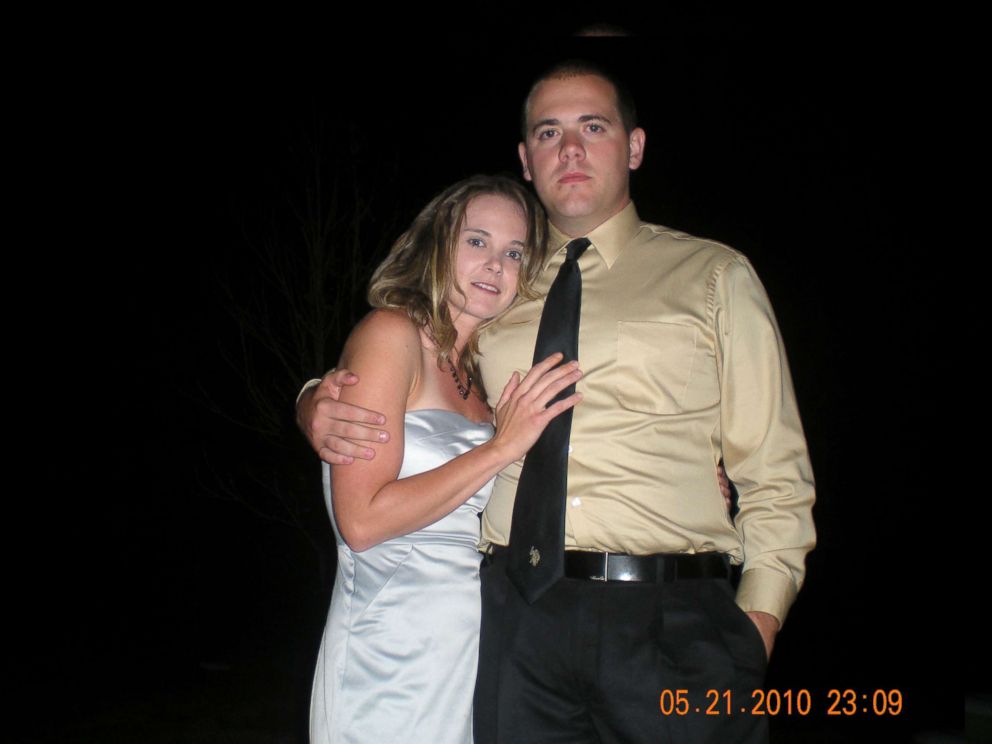
Chrissy O'Connell said she and Michelle had lunch earlier that day, and said her sister talked about looking for a new apartment and breaking up with Banks.
"This was kind of a culmination. I was concerned with all the violence and how the relationship had turned," Chrissy O'Connell said.
But she said her sister decided to go to the show first since she already purchased the tickets in advance.
"She said, in true Michelle fashion, ‘I paid for the tickets. I'm going. I'm breaking up with him. I'm starting my life over,'" Chrissy O'Connell said. "She said, ‘I'll be fine.'"
Their brother Sean O'Connell was with them at the concert and said Banks was "kind of withdrawn" during the show.
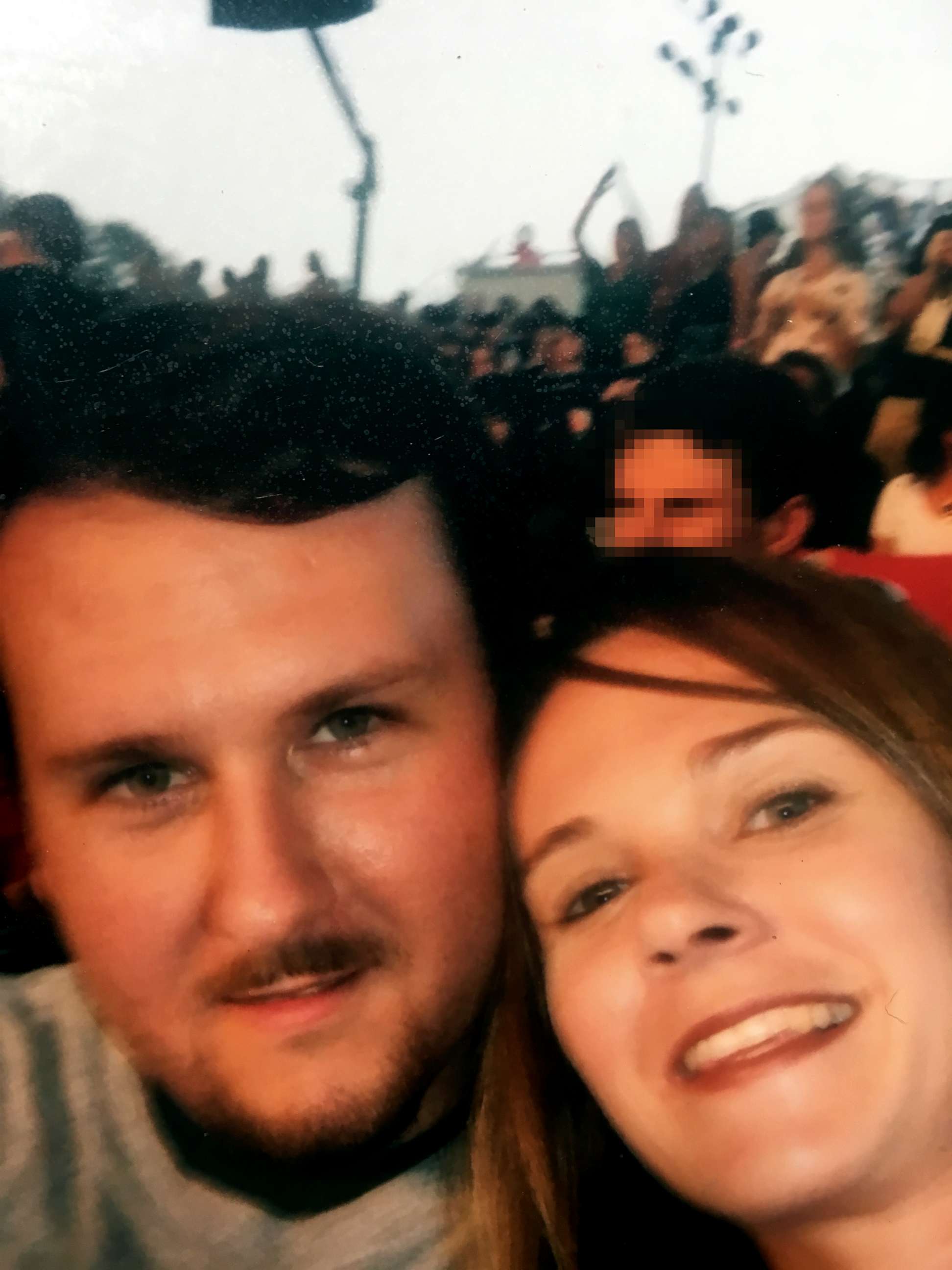
"I was like [to Banks], ‘Hey, do you mind scooting over, if you're not going to have fun at the concert with my sister, I'm definitely going to,'" Sean O'Connell recalled.
Chrissy O'Connell was babysitting her sister's daughter Alexis while they were at the concert and said she began receiving text messages from Michelle's phone during the show.
"Promise me one thing. Lexi will be happy and always have a good life," said one of her sister's text messages to Chrissy O'Connell about her daughter.
"Promise you what?" Chrissy O'Connell wrote back.
"That no matter what, Lexi will always be safe and loved," Michelle O'Connell responded to her sister.
"What's going on? I'm scared," Chrissy O'Connell texted.
By the end of the concert, Michelle O'Connell texted her sister, "I'll be there soon." But she never came to pick up Alexis.
Banks told detectives that on the way home from the concert, "She said, ‘I'll have my things out by this weekend.' And I said, ‘Are we breaking up?' She said yes. And I was like, ‘All right.' I raised my voice. She raised her voice. We argued. But when we got to the house, we were fine," Banks said in his interview with detectives.
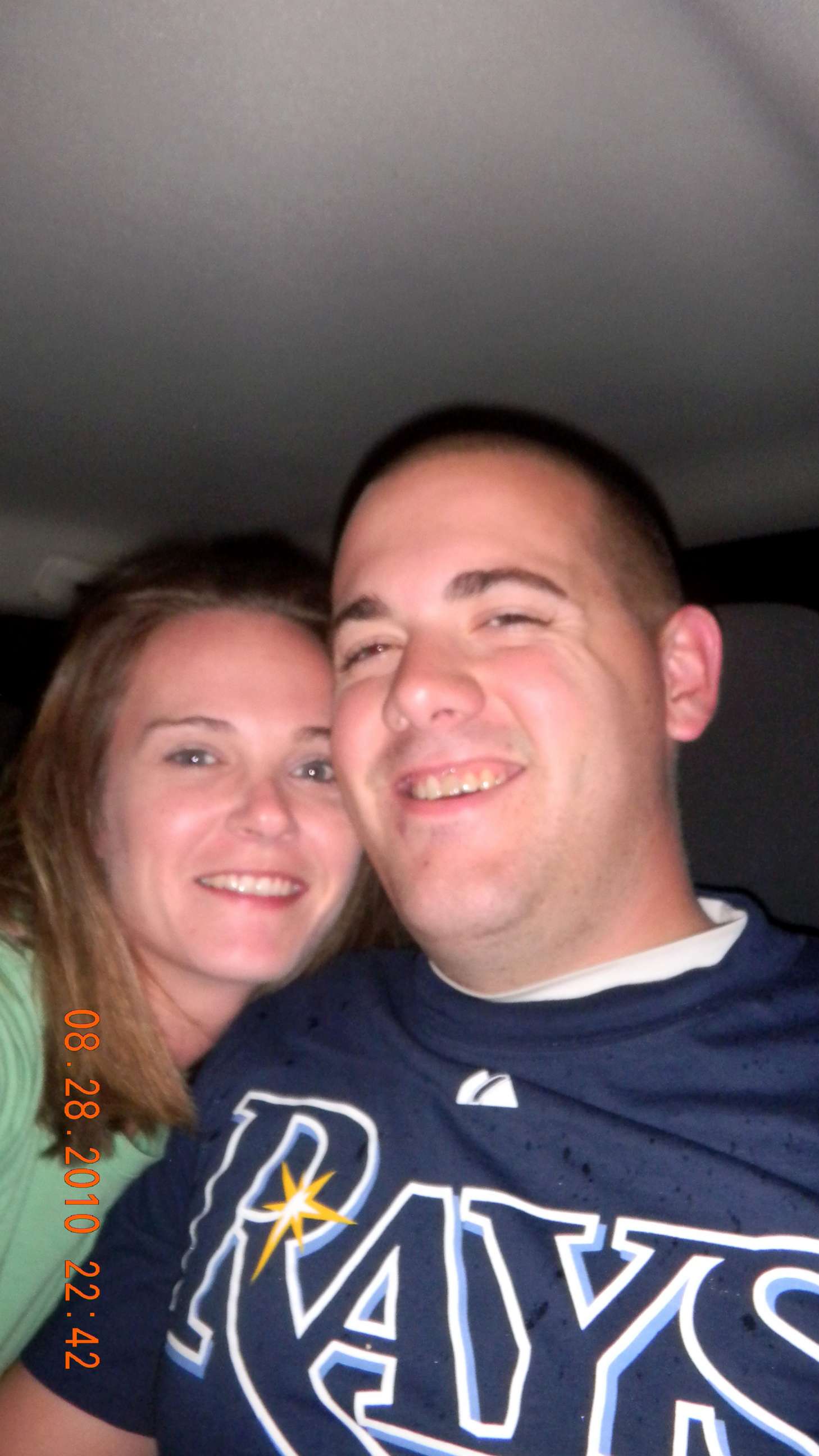
According to Banks, Michelle O'Connell was inside the house while he remained outside with two friends. At one point, Michelle O'Connell went outside to retrieve a makeup bag from the car and quickly returned inside.
After 10 to 20 minutes, Banks said his friends left and he sat alone in the garage when he heard the popping sound.
"I knew exactly what it was. Just instinct and I just said, ‘S---,' and I ran inside. I started screaming her name. The bedroom door was locked, and I screamed her name again," Banks told detectives. "I heard it go off again a second time. I ran into the living room. I grabbed the phone. I kicked the bedroom door in and I found her laying where she is."
Inside the investigation into Michelle O'Connell's death
Debra Maynard, a former St. Johns County sheriff's deputy, was one of the first to arrive and said she questioned what she was hearing on the scene.
"Immediately, it was almost like they were taking Jeremy's word that she shot herself at that point," Maynard said. "We were told it was a suicide. They automatically said it was a suicide, though we are trained to say every scene is a homicide until proven otherwise. But they did immediately start calling it a suicide."
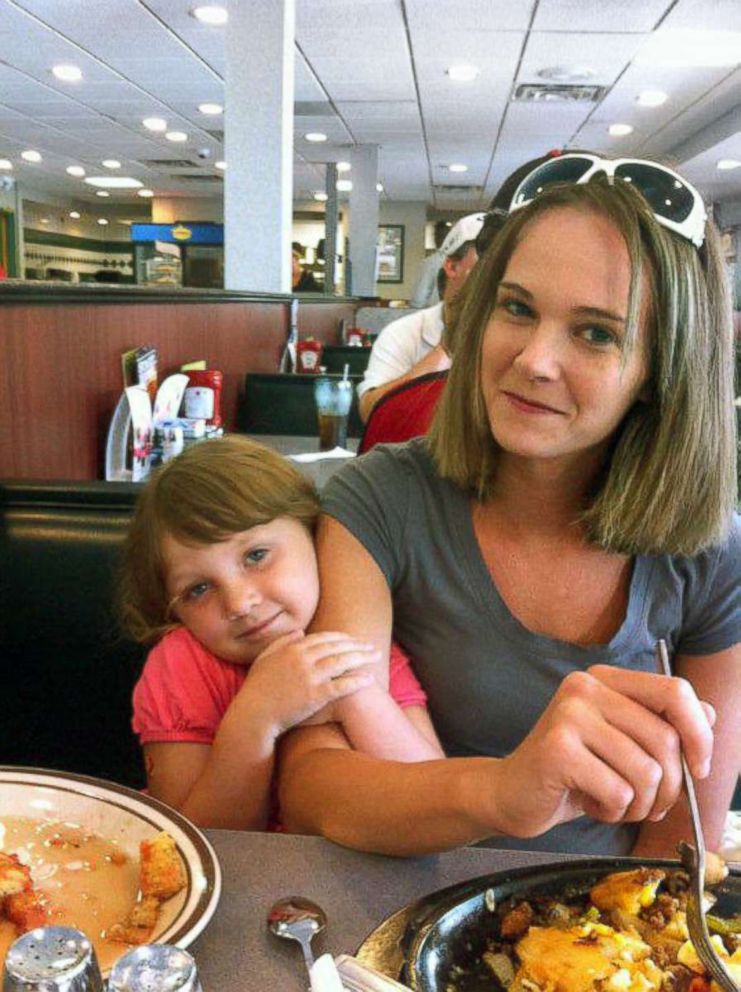
Maynard was later fired by the sheriff, reportedly for untruthfulness. She claims it was because the sheriff asked her to lie in an unrelated case and she refused.
At a later police interview, Banks revealed he had gained access to a report about the investigation.
"I've already read the report. I know I probably shouldn't have. I just wanted to know what went down on the other side," Banks told a detective.
Some in the department later admitted to having doubts about what happened that night.
"When I first walked into that room, the first thought that went through my mind was, ‘This is not good for Jeremy,'" Sgt. Scott Beaver, who worked on the case, told investigators. "I was in the homicide unit for a few years, and it didn't add up. But I didn't do more investigation into this."
David Shoar, the St. Johns County sheriff, later acknowledged his department made missteps in how the investigation was handled, including that deputies failed to canvas the neighborhood for witnesses, failed to interview the decedent's family members and failed to isolate, interview and photograph Banks in a structured environment.
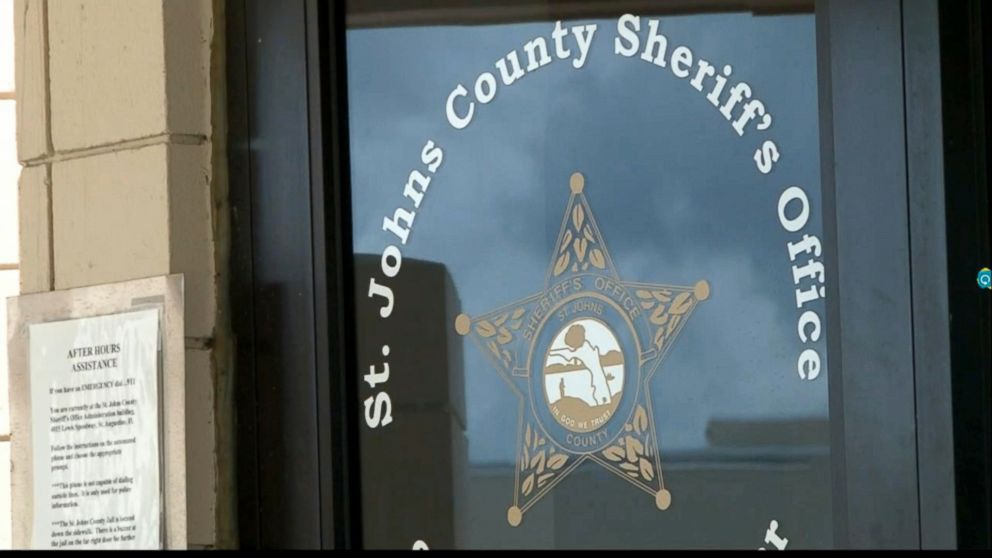
When asked why Banks didn't take Michelle O'Connell's pulse or perform lifesaving measures, his attorney Mac McLeod told "20/20," "I don't think his frame of mind was as a deputy at the time as I was saying. I think his frame of mind was completely shocked and freaked out."
Michelle O'Connell's family insists she wasn't looking to take her own life.
In her appointment book, found in the car, Michelle O'Connell had signed up for CPR training for two days after her death. She also had plans to meet with her friend Mindy Fox the night she died.
In addition, the pills found in her pocket at the time of her death were from Banks' prescription bottles, and none of the pills was found in her system. All the pills were accounted for.
While the sheriff's department and Michelle's family are at odds over how she died, it is undeniable that she was killed with Banks' service weapon.
When asked how Banks secured his firearms in the home, McLeod said, "not well."
"I think that the policy was to secure your firearm; which primarily for law enforcement officer means you put it in either a gun lock or in a secure place up higher so that children and things, and other people in the house can't get to it. However, in practice, like other law enforcement officers, he came in, would take his gun belt off, and would place it on a chair or place it somewhere else," McLeod said.
Four months after O'Connell's death, Shoar bowed to pressure from the O'Connell family, knowing that his department's investigation had fallen short, and asked state investigators to take a fresh look at the case.
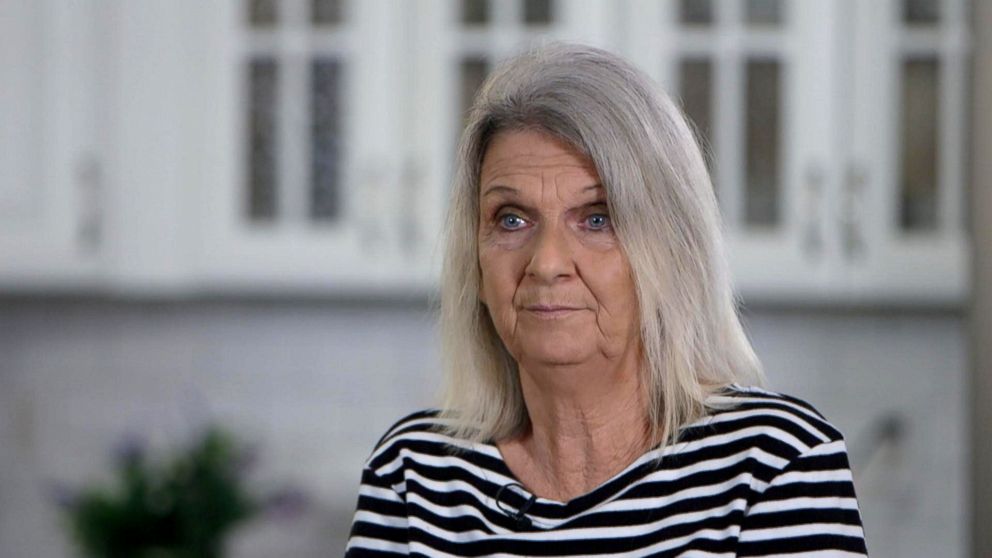
A second look at the death of Michelle O'Connell
Florida Department of Law Enforcement (FDLE) investigator Rusty Rodgers was assigned to the case. In his investigation, he found two women who say they heard two screams for help from a woman and two gunshots the night Michelle O'Connell died – something Shoar's department had missed.
"If she was suicidal, if she was killing herself, she's not going to scream for help," Patty O'Connell said.
As to the two gunshots, Sheriff Shoar says it is not uncommon for some suicide victims to fire off a test shot before firing the fatal shot.
In addition, Rodgers interviewed Banks, and asked a University of Florida Child Protection Team to interview O'Connell's daughter Alexis, who was 5 years old at the time.
During her interview, Alexis seemed to indicate that she had witnessed some of the hostility between her mother and Banks, saying at one point that Banks was "a bad person" who "fights with" her mother. She also said she saw Banks hit her mother "one time" with "a belt."
"She said, my mommy would say, ‘Stop, stop,' but he wouldn't stop," Alexis said.
During his interview with Rodgers, Banks said he put his hands on O'Connell only once, in order to restrain her after she charged at him.
In his investigation, Rodgers also called in a crime scene reconstructionist with four decades of experience, who performed a field test outside to try to see if Michelle O'Connell could have shot herself or was shot by someone else, based on where the shell casings landed in his test. The crime scene reconstructionist's conclusion was that her death was a homicide.
Following his investigation, Rodgers presented his findings to the medical examiner, Dr. Hobin. According to a recording of an interview with Dr. Hobin by Jacksonville reporter Anne Schindler, Hobin came to believe that Michelle O'Connell's death was "probably a homicide."
Hobin filled out an amended death certificate and listed "homicide" as the manner of death, but he never officially filed it.
"And I said that, based on this, I would amend the autopsy and change the manner of death from suicide to homicide," Hobin said in the recording of his interview with Schindler. "I did that, but just internally. I mean, I didn't, I didn't send it out, it wasn't filed with anybody, wasn't sent to the funeral director, wasn't disclosed, anybody except the state attorney."
Hobin didn't officially file the amended death certificate, he told Schindler, because he was told to hold off by the state attorney while the investigation continued.
Hobin was later reprimanded by the state medical examiner's office for keeping that document and others at his home rather than at the medical examiner's office.
A new medical examiner, Dr. Predrag Bulic, was then consulted. Bulic believes Michelle O'Connell's death was a suicide.
Sheriff Shoar and O'Connell's boyfriend Jeremy Banks pushed back against Rodgers' findings.
Shoar penned a 152-page review of the case, which is mostly a positive assessment of his department. He ridiculed the field test over the fact it was done in an open field and didn't take into account the variables at the scene, such as walls, a ceiling, furniture and Michelle O'Connell's extremities.
Banks filed a lawsuit against the FDLE and Rodgers, claiming Rodgers' detaining him for the purpose of his investigation violated his civil rights.
Special Prosecutor Brad King, a state attorney from a nearby district, was tasked with investigating the case.
In March 2012, King broke the news to the O'Connell family that his office would not be moving forward with charges.
"He calls us in for a meeting and basically says, ‘There's not enough evidence.' So our family was just pushed aside and this meeting was very hostile," Chrissy O'Connell said. "My mom was devastated, and I think I've said before it was like the second worst day of my life. You know the first losing Michelle."
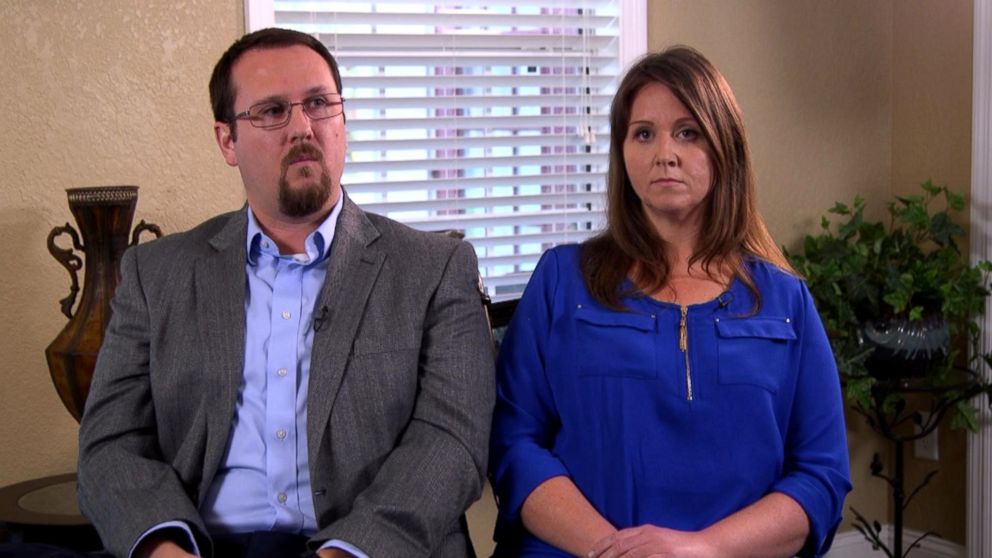
Michelle O'Connell's body is exhumed
In June 2016, five and a half years after Michelle O'Connell's death, her family had her body exhumed and asked Dr. William Anderson, a forensic pathologist and former deputy chief medical examiner for Orange County, Florida, to examine the original autopsy report and to do a second autopsy.
While examining the X-rays taken during Michelle O'Connell's original autopsy, Anderson noticed there was another injury on her body.
"When we did the exhumation … the jawbone was in two pieces, so indicates there was a fracture," Anderson told "20/20."
After Shoar learned of the exhumation, he issued a statement about the family, saying in part, "Molesting Michelle from her place of rest using some freelance type approach is beyond unconventional. It was reprehensible."
"Even if he doesn't agree with it, or whatever, he should in no way shape or form ever speak, public release, whatever to a family using those words ever," Sean O'Connell said of Shoar's statement. "It really shows his character."
"Despite rumors and statements to the contrary, we did this totally pro bono," Anderson said.
News of the fracture brought into question the work of Hobin, the original medical examiner. Banks' attorney Mac McLeod told "20/20" that Hobin "noted mandibular separation. It's not in the autopsy report. It's in his field notes."
But Anderson said the fact that detail was left out of the autopsy report was "very disturbing."
"Because if everything else is very carefully described, and you leave out a major finding out of your report, it's not good practice," Anderson said of Hobin's omission of the fracture from the autopsy report.
It's significant because Anderson said the fracture could explain what happened to Michelle O'Connell before she died
"The primary concern is what does the actual evidence show, and this actual evidence was there was a gunshot wound to the mouth that put a hole in the tongue but didn't do any other damage to the teeth, to the gums, to the floor of the mouth, the very soft tissue that basically would've been destroyed if there had been enough force from that blast to break the jaw. So the only explanation that I can see that's reasonable is that there was another force, a blow to the chin that broke the mandible prior to the time the gunshot wound was inflicted," Anderson said. "My findings are that the, there was a blunt force to the chin that rendered her at least some degree impaired her mental status from the blow, and that the gun was then in the mouth and discharged, and that the gun blast from the muzzle did not cause the fracture."
"In other words, that blow would explain it, that blow to the chin, gun inside, would explain everything," he continued. "It would explain the fracture, it would explain the fact that there's no expansion injury to the jaw, it would explain why the tissues [00:10:30] are still in place, except for the tongue, and there's nothing really in the findings that would contradict that theory."

Banks has always denied having any involvement in Michelle O'Connell's death and he has never been charged with a crime. He remains a sheriff's deputy with St. Johns County.
"What the family wants to believe or what the theory … being proposed was … that she must have been hit really hard," Banks' attorney McLeod said, adding that there "was a problem with that" because no medical examiner "worth his salt ... will tell you that in an intraoral gunshot wound, such as this, with a high-powered weapon that more often than not you expect to see mandibular separation."
Anderson said it is possible in some cases that a shot could split the jaw, but he doesn't believe that's case with Michelle O'Connell, based on the evidence he reviewed.
"There was a gunshot wound to the mouth that put a hole in the tongue but didn't do any other damage to the teeth, to the gums, to the floor of the mouth, the very soft tissue that basically would've been destroyed if there had been enough force from that blast to break the jaw," Anderson said.
McLeod argued against that, saying if O'Connell had been hit, "you would see bruising. You would see abrasion. You'd see something. There's nothing."
Anderson said he had conducted about 8,000 to 9,000 autopsies over his career and "if you die quickly enough, you will not have bruising."
Having gotten the answers the family was looking for, Michelle O'Connell's body was returned to her grave, but her death is still an open question for the family.
Where the case of Michelle O'Connell's death stands today
In 2017, the Florida Medical Examiners Commission reprimanded both Hobin and Bulic after determining they had mishandled some of the components of the investigation -- Hobin for keeping case material at his home instead of the medical examiner's office and Bulic for showing autopsy photos to nonfamily members.
Hobin was also called out for his poor recordkeeping in failing to document the jawbone fracture in his autopsy report.
The medical examiners and a state attorney declined to comment for this report.
In spring 2018, a judge found that FDLE agent Rusty Rodgers had probable cause to detain Banks for homicide and dismissed Banks' civil lawsuit in Rodgers' favor.
After Banks' civil suit was dismissed, the O'Connell family pushed then-Florida Gov. Rick Scott to assign a new special prosecutor to Michelle's case, but Scott didn't appoint one before his term ended.
ABC News' requests for comment from current Florida Gov. Ron DeSantis were referred to the Florida Department of Law Enforcement, which said, " In this case, multiple state attorneys looked at the case and determined there was insufficient evidence to pursue charges. Our case closed."
In a bizarre twist, in January of this year, police responded to what they called a "suspicious" death of an amateur sleuth who had been researching the O'Connell case on their own.
The private citizen was found shot dead in their St. Augustine condo, which is within the St. Johns County Sheriff's Office's jurisdiction but the department turned the case over to the neighboring Putnam County Sheriff's Office due to the O'Connell case connection. That person's death was classified as a homicide and the investigation remains open.
Even now, the O'Connell's family is determined to keep fighting. They have been crusading for a law that would prevent police departments from investigating one of their own.
"You can't grieve until you get justice," Patty O'Connell said. "You have to have your justice. And it never goes away."
